West Bengal – Bay of Bounty
Turn your eyes to the East – where the delicate notes of the Ektara instrument play. Where the waves of the rivers slide their way through the thick tangle of the mangrove forests. Where a toy train puffs cheerful clouds into the skies of Darjeeling. Where sound, colour and celebration explode across cities during Durga Pujo. Where the rich smell of mustard oil wafts from curries. This is West Bengal - a state with a heart that is wide, deep and generous.
| West Bengal: A Quick View of the state |
| Capital |
Kolkata (Calcutta) |
| Official Language |
Bengali |
| Dial Code |
9133 |
| Population |
91.347 million (as of 2018) |
| Currency |
Indian Rupee (INR) |
| Time Zone |
UTC+05:30 (IST) |
| Area |
88,753 square kilometers |
Highlights of West Bengal: Cultural Capital of India.
Palaces
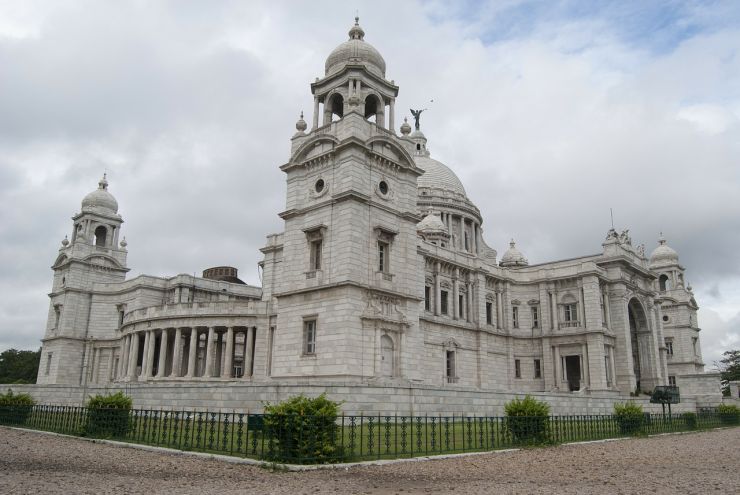
Every square inch of Victoria Memorial is pearly and poised. Each brick laid with royal precision. An ivory-gold triumph! One look at this magnificent edifice and you’ll immediately feel a sense of grandeur. Built by the Prince of Wales, in honour of Queen Victoria, this exquisite palace is now a renowned art museum. Take a few moments to appreciate the façade. It is a gorgeous blend of British and Mughal styles, embellished with Venetian, Egyptian, Deccani and Islamic influences.
Marble Palace will remind you of the White House. Pristine and perfect. Spectacular and stupendous. Built in quintessential Neoclassical architecture, it consists of airy courtyards and Corinthian pillars. It has an air of importance to it. And why not, considering it is the home of Raja Rajendra Mullick.
Museums
Poetry is food for the soul. Wouldn’t you agree with us? Tagore’s House Museum is the ancestral home of the great Rabindranath Tagore. Ablaze with the magic of literature, music and art, it offers visitors a glimpse into the life of an abundantly talented family. Equipped with 3 galleries, you can explore Tagore’s journey as a poet philosopher, and immerse yourself in rich Bengali renaissance.
Indian Museum, in Kolkata, gives you the opportunity to acquaint yourself with India’s repository of history and culture. It is a treasure chest of anthropological, zoological, industrial and geological objects. Perhaps the most exciting of them all is an Egyptian mummy and Buddha’s Stupa, both of which will give you gooseflesh!
Monasteries
The picturesque town of Kalimpong boasts a lot of things – beguiling natural beauty, exquisite European architecture…., but most importantly deep faith and spirituality.
Its Buddhist monasteries are colourful, calm and comforting. A visual treat not only for the eye, but for the spirit. The air, itself, pulses with magnetism. Whether you are craving a sliver or a slice of delicious peace, these monasteries will offer you all that and more! After all, Buddhism is one of the most holistic philosophies in the world. Why don’t you embark on a rejuvenating tour of the following; Zang Dhok Palri, Phodong Monastery, Tharpa Choling Monastery, Durpin Monastery, Tinchuley Monastery.
Attractions
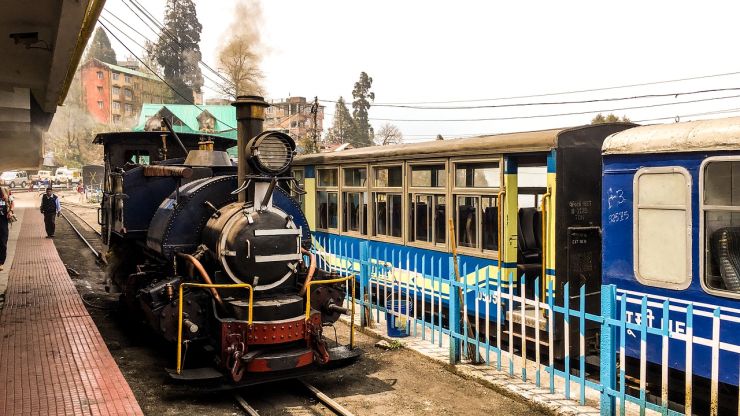
A former summer resort for the British elite, Darjeeling is an enchanting little hill town, bejewelled with tea estates and fluffy clouds.
What better way to get a bird’s eye view of this idyllic place than a cable car ride? Passenger Ropeway, with its interconnected cables, allows you to fly at an elevation of 7,000 ft. You can marvel at the cascading waterfalls, winding valleys, and the frosty peaks of Kachenjunga.
Toy Train is declared a UNESCO world heritage site and for good reason too. It will remind you of Harry Potter’s Hogwarts Express. It is a narrow-gauge course connecting Darjeeling and Siliguri, with snow globe views of the alluring landscape!
Cuisine
Bengali cuisine is a hotpot of steaming cultures; Assam, Tripura, Bangladesh. A classic dish would experiment with fish, vegetables, lentils and rice. We’ve put together a sumptuous snapshot of our favourite eats, just for you.
1. Machher Jhol (spicy fish stew)
2. Aloo Potol Posto (potatoes and pointed gourd preparation)
3. Shukto (Brinjals, Bitter Gourd, and Drumsticks preparation)
4. Aam Pora Shorbot (raw mango drink)
Interesting facts about West Bengal: Bengali jewels.
- Eden Gardens, in Kolkata, is the second largest cricket stadium in the world.
- Great personalities like Netaji Subhash Chandra Bose and Rabindranath Tagore, hail from West Bengal.
- Kolkata Metro is the oldest metro in India.
- Kolkata was the former capital of India, during the British rule.
- Howrah railway station is the busiest station in India, in terms of train frequency.
- Mohun Bagan Sporting Club is the oldest Indian football club.
Location: Bonds and Borders
West Bengal is bonded by its past and proximity to many countries and states in the region. Nepal and Bhutan are found at its Northern borders. West Bengal shares its eastern border with Bangladesh. In India, Odisha, Jharkhand, Bihar, Sikkim and Assam all claim their space amongst West Bengal’s borders.
Click here to view West Bengal on Google Map.
Best time to visit.
The best time to visit West Bengal is during the winter season, which begins in November and ends in February. However, if you do make a trip in October, you can partake in the glitz and glamour of the Durga Puja. Summers should be avoided because of the extreme heat and humidity.
How to get to West Bengal: The city of processions, await!
By Road
National and state highways manoeuvre efficiently through the region, ensuring accessibility to neighbouring states such as Orissa, Bihar, and Jharkhand. You can opt from state bus services, taxis, and private vehicles for your journey.
By Rail
Almost every nook and corner, in the state, is laden with railway routes. Howrah railway station and Sealdah railway station, in Kolkata, are well connected to major cities in the country. New Jalpaiguri railway station, near Siliguri, is yet another option. Furthermore, Darjeeling Toy Train, provides a scenic journey to Darjeeling.
By Air
West Bengal is endowed with 2 airports; Netaji Subhash Chandra Bose International Airport and Bagdogra domestic airport. Regular flights operate from major cities in the country, and the world.
History: Royalty and Renaissance
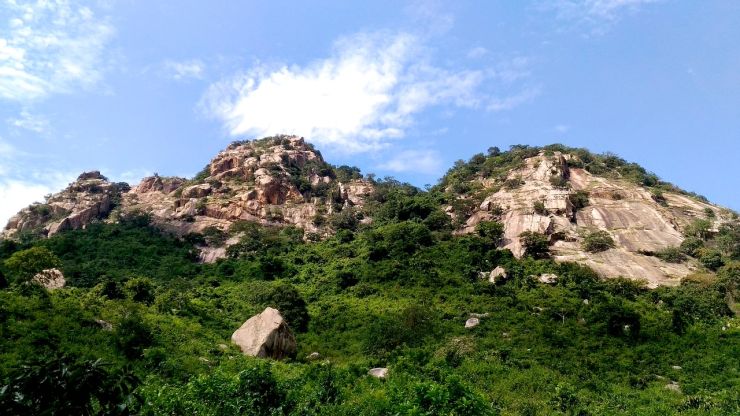
Bengal’s early history bears witness to many kingdoms and empires as well as a long fight between Hindus and Buddhists for supremacy over the state. Ancient Bengal was the seat of many major kingdoms, known as Janapadas, and its earliest cities date back to the Vedic period. Powerful empires like the Gaudas, Buddhist Palas and Hindu Sena left their mark on the region. Following them were several Sultans, Hindu states and Bharo Bhuyan landlords. In 1757, after the battle of Plassey, the British tightened their grip on the region and declared Calcutta as the capital of British India. With the region’s exposure to Western education, science, literature and social reform bloomed in Bengal, leading to what is popularly known as the Bengal Renaissance. In 1947, once India had gained her independence, Bengal was split into the East and West. The Eastern half was designated as a part of Pakistan, which then became an independent Bangladesh. The Western half became the Indian state we know and love, today.














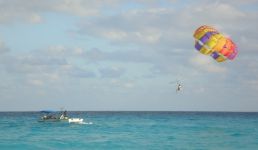










.jpg)
